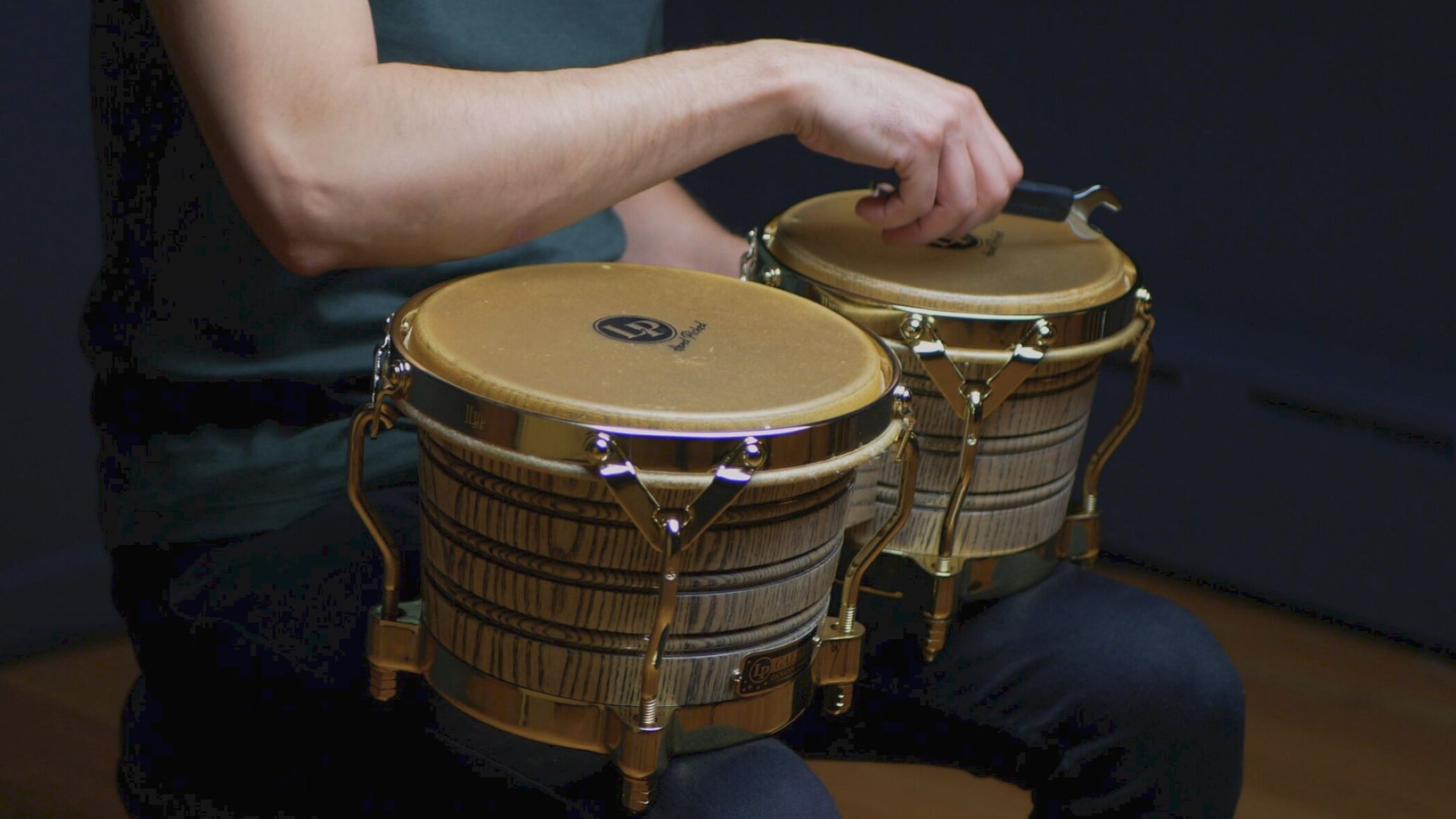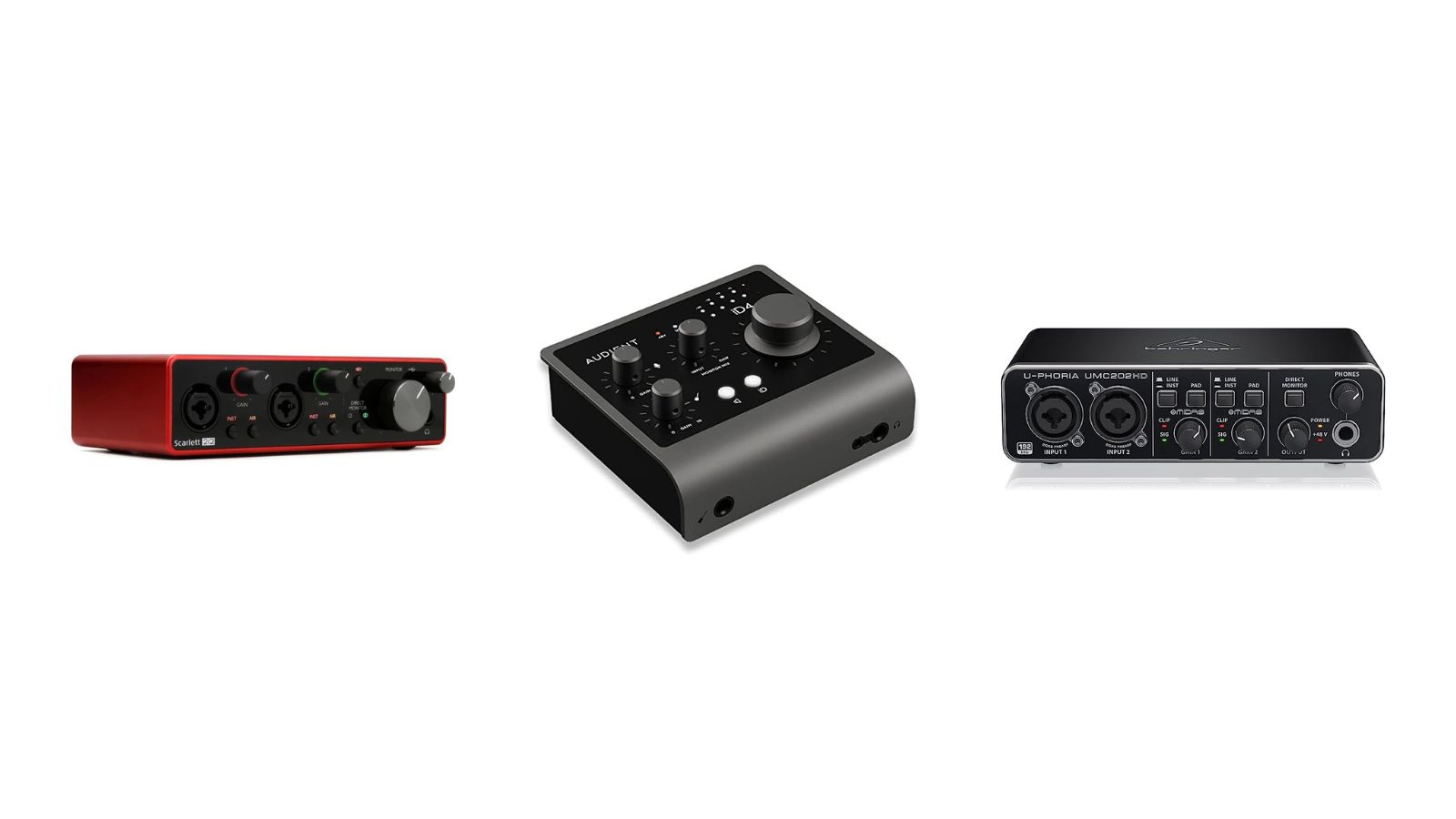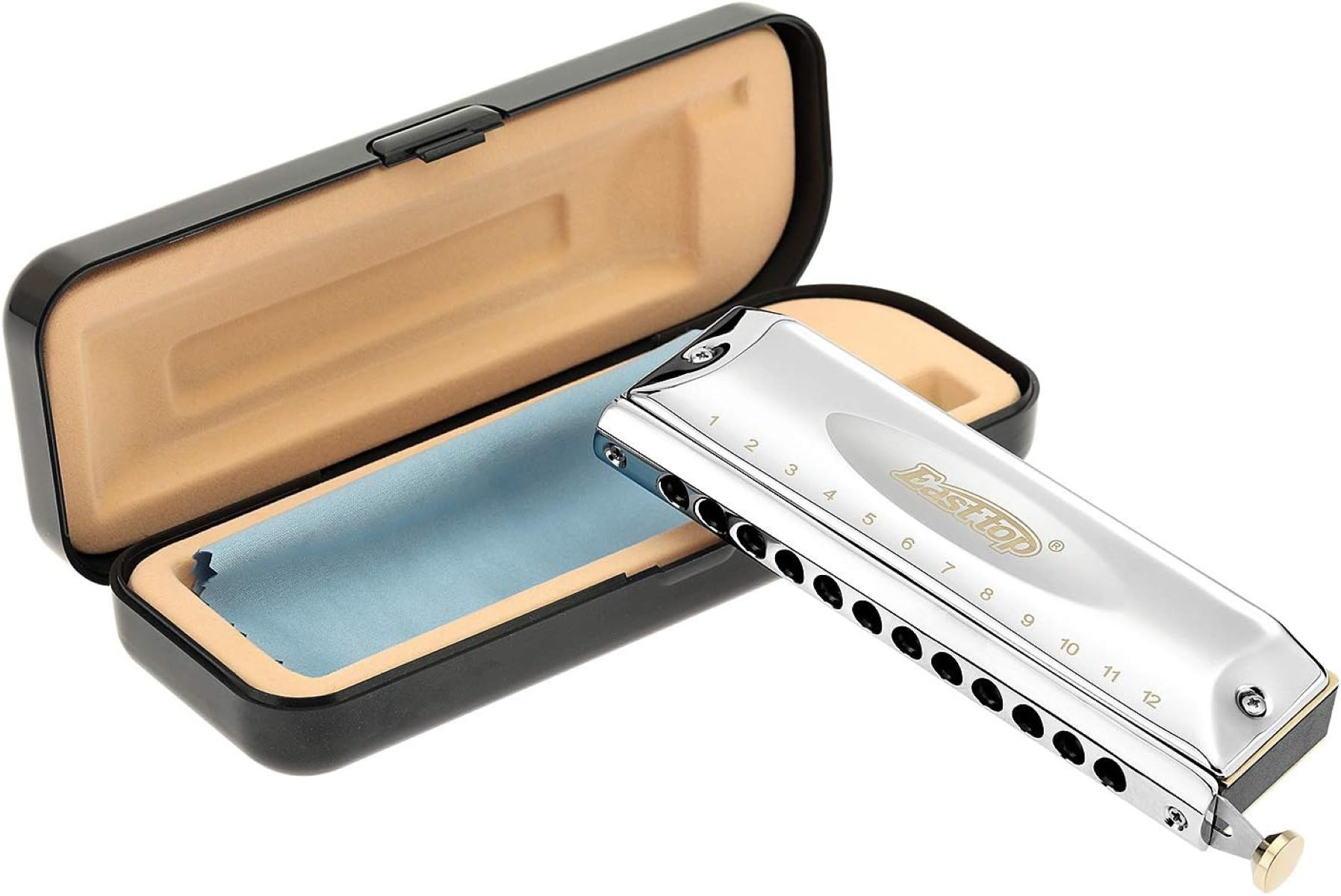Home>Instruments>Drums>What Should I Tune My Drums To


Drums
What Should I Tune My Drums To
Published: February 9, 2024
Discover the perfect tuning for your drums with expert tips and advice. Find out how to achieve the best sound and performance for your drum kit. Unlock the secrets to tuning drums for optimal results.
(Many of the links in this article redirect to a specific reviewed product. Your purchase of these products through affiliate links helps to generate commission for AudioLover.com, at no extra cost. Learn more)
Table of Contents
Introduction
Understanding the Art of Drum Tuning
Drum tuning is a vital aspect of achieving the perfect sound and resonance from your drum kit. Whether you’re a seasoned drummer or just starting out, understanding how to tune your drums is crucial for producing the desired tone and maintaining the overall quality of your instrument. While it may seem daunting at first, mastering the art of drum tuning can significantly elevate your playing experience and the sound of your kit.
When it comes to drum tuning, there are various factors to consider, including the type of drums, the genre of music, and personal preferences. Each drum has its own unique characteristics and requires specific attention to achieve the ideal pitch and tone. By delving into the intricacies of drum tuning, you can unlock a world of sonic possibilities and enhance your musical expression.
In this comprehensive guide, we will explore the fundamentals of drum tuning, the factors that influence the tuning process, various tuning methods, and practical recommendations to help you achieve the best possible sound from your drums. Whether you’re aiming for a deep, thunderous resonance or a crisp, articulate tone, understanding the nuances of drum tuning will empower you to unleash the full potential of your instrument.
Understanding Drum Tuning
Drum tuning is the process of adjusting the tension of the drumheads to produce specific pitches and tones. It involves tightening or loosening the drum’s tension rods to achieve the desired sound characteristics, such as pitch, sustain, and resonance. Proper drum tuning is essential for ensuring that each drum in your kit complements the others and delivers a cohesive, harmonious sound.
One of the key objectives of drum tuning is to eliminate any dissonance or unwanted overtones, resulting in a clear and focused sound. Additionally, well-tuned drums can enhance the overall projection and presence of your drum kit, whether in a live performance or a studio recording.
Understanding the construction of a drum is fundamental to mastering the art of tuning. A drum typically consists of a resonant head (bottom) and a batter head (top). The tension of these heads directly influences the pitch and tone of the drum. By adjusting the tension rods around the drum’s shell, you can manipulate the tension of the drumheads, thereby altering the pitch and overall sound produced by the drum.
Furthermore, the size and material of the drum shell play a crucial role in determining the drum’s fundamental pitch and resonance. For instance, a larger drum shell tends to produce lower frequencies, while smaller shells generate higher-pitched tones. Additionally, the material composition of the drum shell, whether it’s made of wood, metal, or acrylic, significantly impacts the drum’s tonal characteristics.
It’s important to recognize that each drum within a kit serves a unique purpose and requires individual attention when it comes to tuning. The kick drum, snare drum, and toms each have distinct tuning requirements to achieve an optimal sound that complements the overall kit. By understanding the nuances of tuning each drum type, you can create a balanced and harmonious sonic palette that elevates your drumming performance.
Factors Affecting Drum Tuning
Several key factors influence the drum tuning process, each playing a significant role in shaping the sound and tonal characteristics of the drums. Understanding these factors is essential for achieving the desired sound and maximizing the potential of your drum kit.
Drum Size and Shell Material: The size and material of a drum shell are primary determinants of its fundamental pitch and resonance. Larger drum shells generally produce lower frequencies, while smaller shells yield higher-pitched tones. Additionally, the material composition of the shell, whether it’s wood, metal, or acrylic, significantly impacts the drum’s tonal characteristics. For example, a wooden shell tends to offer warm, rich tones, while metal shells provide brighter and more cutting sounds.
Drumhead Selection: The choice of drumheads profoundly affects the overall sound of the drums. Different types of drumheads, such as single-ply, double-ply, coated, or clear heads, offer distinct tonal qualities and levels of durability. Coated drumheads typically produce warmer tones and are favored for genres like jazz, while clear heads deliver brighter and more articulate sounds, making them suitable for rock and pop styles.
Environmental Conditions: Environmental factors, including temperature and humidity, can impact the tension and pitch of drumheads. Changes in weather can cause drumheads to expand or contract, affecting their overall tuning. It’s crucial to monitor and adjust the drum tuning accordingly to compensate for these environmental variations and maintain consistent sound quality.
Playing Style and Genre: The style of music you play and the genre you’re performing in can influence the ideal drum tuning. For instance, jazz drummers often prefer a lower, more resonant tuning for a warmer and more mellow sound, while rock and metal drummers typically opt for higher tension and brighter tones to achieve greater projection and attack in their playing.
Personal Preference: Ultimately, personal preference plays a significant role in drum tuning. Each drummer may have specific tonal goals and sonic preferences, leading to individualized tuning choices. Whether aiming for a deep, punchy sound or a crisp, articulate tone, understanding and catering to personal preferences is crucial in achieving a satisfying and personalized drum sound.
By considering these factors and their impact on drum tuning, drummers can make informed decisions when adjusting their drumheads to achieve the desired sound characteristics and meet the demands of various musical contexts.
Tuning Methods
Drum tuning encompasses various methods and techniques, each offering unique approaches to achieving the desired sound characteristics. Understanding and mastering these tuning methods empowers drummers to tailor their drum kit’s sound to suit different musical styles and performance settings.
Single-Point Tuning: This method involves tuning each tension rod to the same pitch, ensuring uniform tension across the drumhead. Single-point tuning is commonly used for achieving a balanced and consistent tone, particularly in scenarios where a drum requires an even, sustained pitch.
Interval Tuning: Interval tuning involves adjusting the tension rods to create specific pitch intervals between them. For instance, a drummer may tune the tension rods in a “star” pattern, tightening every other rod to achieve a desired pitch relationship. This method allows for nuanced control over the drum’s overall pitch and tonal characteristics.
Pitch Matching: Pitch matching involves using a reference pitch, such as a piano or tuning device, to tune the drumheads to specific musical notes or intervals. This method is particularly useful when precise tuning to musical pitches is essential, such as in orchestral or symphonic settings.
Resonant Head Tuning: When tuning drums with both batter and resonant heads, it’s essential to consider the relationship between the two. Tuning the resonant head to complement the batter head’s pitch can enhance the drum’s overall resonance and tonal depth. By ensuring that the resonant head resonates sympathetically with the batter head, drummers can achieve a more balanced and full-bodied sound.
Drum Dampening: While not a traditional tuning method, the use of dampening materials, such as gel pads or moon gels, can significantly impact the drum’s overall sound. By strategically placing dampening materials on the drumhead, drummers can control overtones, sustain, and resonance, effectively shaping the drum’s tonal characteristics to suit specific musical requirements.
Each tuning method offers a distinct approach to manipulating the drum’s pitch, resonance, and tonal qualities. By experimenting with these methods and understanding their applications, drummers can refine their tuning skills and tailor their drum kit’s sound to suit a diverse range of musical contexts and performance preferences.
Tuning Recommendations
When it comes to tuning drums, there are several recommendations and best practices that can help drummers achieve optimal sound quality and performance from their kits. These recommendations encompass a range of considerations, from initial setup to ongoing maintenance, ensuring that the drums consistently deliver the desired tonal characteristics and responsiveness.
Initial Setup and Head Selection: When setting up a new drum kit or replacing drumheads, it’s crucial to carefully select drumheads that align with the desired sound characteristics. Consider factors such as drumhead type (single-ply, double-ply, coated, or clear), thickness, and material to achieve the intended tonal qualities. Additionally, ensuring that the drum shells are in good condition and free from any structural issues is essential for optimal tuning.
Tuning Sequence: Establishing a consistent tuning sequence can streamline the tuning process and promote uniform tension across the drumhead. Whether employing a star pattern, cross pattern, or another method, maintaining a systematic approach to tuning each drum ensures balanced pitch and resonance, contributing to a cohesive and harmonious overall sound.
Drumhead Maintenance: Regular maintenance of drumheads is vital for preserving their tonal integrity and longevity. This includes proper cleaning, tuning stability checks, and timely replacement of worn-out drumheads. By keeping the drumheads in optimal condition, drummers can sustain the desired sound quality and responsiveness of their drums.
Environmental Considerations: Monitoring and adjusting drum tuning in response to changes in environmental conditions, such as temperature and humidity, is essential for maintaining consistent sound quality. Periodically checking and readjusting the drum tuning ensures that the drums remain in tune and perform reliably across varying environmental contexts.
Experimentation and Adaptation: Drummers are encouraged to experiment with different tuning approaches and adapt their tuning techniques to suit specific musical styles and performance settings. Embracing a spirit of exploration and adaptation enables drummers to unlock diverse sonic possibilities and tailor their drum kit’s sound to complement various musical genres and artistic expressions.
By adhering to these tuning recommendations and integrating them into their drumming practice, drummers can cultivate a deep understanding of the tuning process and its impact on their instrument’s sound. This, in turn, empowers them to consistently achieve the desired tonal qualities and responsiveness from their drums, enhancing their musical performances and creative endeavors.
Conclusion
Mastering the art of drum tuning is a journey that holds immense value for drummers at every skill level. By delving into the intricacies of drum tuning, drummers can unlock a world of sonic possibilities and elevate their musical expression. Understanding the factors that influence drum tuning, exploring various tuning methods, and embracing practical recommendations empowers drummers to achieve the optimal sound and responsiveness from their drum kits.
Drum tuning is not merely a technical exercise but a deeply creative and expressive endeavor. It allows drummers to sculpt their sound, shape their musical identity, and adapt to diverse performance contexts. Whether aiming for a thunderous, resonant roar or a crisp, articulate snap, the art of drum tuning enables drummers to realize their sonic vision and connect with their instrument on a profound level.
Moreover, the process of drum tuning fosters a deeper connection between drummers and their instruments, nurturing an intimate understanding of the nuances of sound production and tonal manipulation. It is a journey of exploration, experimentation, and refinement, where each adjustment and tweak contributes to the evolution of the drum kit’s sonic character.
As drummers continue to hone their tuning skills and embrace the recommendations and techniques presented in this guide, they embark on a path of sonic discovery and artistic growth. The ability to tailor the sound of their drums to suit specific musical genres, performance venues, and personal preferences empowers drummers to craft a signature sound that resonates with their artistic vision.
In essence, drum tuning transcends the technical realm and emerges as a form of artistic expression, allowing drummers to imbue their performances with depth, character, and emotion. It is a testament to the profound impact that meticulous attention to detail and sonic refinement can have on the musical experience, enriching both the drummer’s journey and the audience’s listening pleasure.
Ultimately, the art of drum tuning is a testament to the transformative power of sound, offering drummers a gateway to sonic exploration, self-expression, and musical innovation.











